
Reconnect with your Family
Some of the best memories are made in nature. Find a forest or park near you and GET OUTDOORS!
www.DiscovertheForest.org

We believe that everyone — no matter who they are or where they’re from — deserves the opportunity to reach their full potential. Whether you live in thecity or the country, here are a few ways you can help your child become a nature adventurer.
Take some time to discover the animals and insects that share your neighborhood. What critters live near you? What can you figure out about where they live, what they do, and what they eat? Take a walk around the block or through a local park to look for clues. These might include:
Animal tracks: Look for animal tracks in the dirt, mud, sand or snow. Were they made by a big animal or a small animal? A mammal or a bird? If you find an unusual track, snap a picture and identify it at home using online resources such as NatureTracking.
Creature structures: Hunt for bird nests in trees, in shrubs, or nestled against buildings. What size and shape is it? What materials is it made of? What other creature homes can you find: Squirrel or rabbit nests? Ant hills? Deer dens? Wasp nests? Spider webs? Mouse burrows?
How many bugs can you find in an afternoon? Here are a few places to look:
Rocks: Gently pick up a rock and look underneath. Chances are you will find a few little creatures who have made their home in the cool dirt.
Wood: Hollow logs and fallen branches often become home to all kinds of bug life.
Ponds: Ponds are full of activity — and a great place to use a net to catch, observe, and release insects.
Flowers beds: Many insects, including butterflies and bees, use flowers as a food source.
We’ve all heard bird calls floating through the air, but how many of us can identify which feathered friend is singing? Listen carefully to a bird song with your child, then try to mimic the sound you hear. Look around and see if you can spot the singer. Want to take your birding to the next level? Use the resources at Cornell University’s bird lab – including their free app Merlin – to identify the birds you see and hear!
Some creatures remain largely hidden during the day. After the sun goes down, take a walk around your neighborhood and search for signs of nocturnal animals and bugs. Depending on the time of year and your location, you might see or hear the following:
Crickets
Bats
Foxes
Racoons
Owls
Deer
Mice
Rats
Geckos
Salamanders
Fireflies
Skunks
Hedgehogs
Raccoons
Toads
To expand your child’s experience with animals beyond the neighborhood, plan an outing to a zoo, aquarium, Audubon center, nature center, or farm near you.

March 2020
With busy schedules and alluring electronics inside the home, it is often difficult to give your children the time outdoors you enjoyed as a child.
Encourage your children to watch for wildlife. There is often wildlife at parks including birds, bugs and sometimes larger friends. Children can log the wildlife they see into a notebook, create drawings or take photos.
Go on a scavenger hunt. Work together to create a list of items you could see in a park like a leaf, a pinecone, sand, a swing, a fence etc.
Draw a nature map of your local park. Walk the park and then have your children draw the map of the park including important features and details from your walk.
Picnic in the park. Your sandwich often tastes better when you are sitting in a beautiful park. Bring a blanket and your favorite foods to enjoy the nice weather. Don’t forget to pick up your trash and to recycle.
Walk. Before or after dinner, take some time to walk together as a family. Discuss what happened during the day while getting a little exercise.
Running games. Teach your children to play “Hide and Seek,” “Red light/Green light” or “Red Rover’” Or with keep it simple by establishing a friendly competition running from one side of the neighborhood park to the other.
Create your own Olympic Games. Who has the fastest time running from one tree to another? How many high jumps can you do in one minute? Use the resources in your neighborhood park to create an Olympic Games for your family.
Make art from nature. Press flowers, glitter pinecones or draw part of your favorite park. Bring a little bit of nature back home with you.
Play with dirt and mud. Bring a shovel or even better, use your hands to dig your way to China. Create mud structures and mud pies. Let your children have the opportunity to get really dirty while learning how to play and be creative by themselves.
Watch the clouds. There is nothing better than to spend some time cloud watching in a park on a sunny day. Lie down on the grass and start to identify shapes.
Start a rock collection. Collect all different shapes and sizes, colors and surfaces. Another great way to bring a bit of the outdoors home with you.
Play in your park during the winter. Bundle up and head out to the park with a sled or a trash bag to fly down the hill on snowy days. Make a snowman or snow angels.
Most importantly, keep toys and electronics to a minimum when visiting a park. That goes for parents also; leave the smart phone and paperwork in your purse or car. It is important to teach your children to have down time away from all electronics. It also will decrease your stress to slow down and enjoy nature.



Keeping busy with nature activities (calendar and bucketlist)
Subscription boxes for active and adventuresome people and families
Teaching children kindness, gratitude, mindfulness in nature
Organizing your outdoor toys and keeping kids entertained with backyard toy rotation

Finding fun ways to keep kids active sometimes requires thinking outside the backyard. With indoor physical play opportunities limited by COVID-19, why not take advantage of a few hikes on local trails before temperatures turn cooler? A trek through the colorful changing leaves to see some new terrain can be especially beneficial to kids.
If you need a reason to inspire your tribe to take to the trail, try nature treasure hunting and starting a new nature collection. Or how about celebrating National Hiking Day on November 17th? Also called Take a Hike Day, the event is all about helping people of all ages get enthusiastic about hiking and learn more about how to protect and preserve America's beautiful national trail system. It's the perfect prompt to break out your trail guide and backpack, and as it turns out, kids reap more than a great workout from hiking -- there's psychological, cognitive, and social benefits on offer, too.
1. Hiking encourages free play
Free play refers to the unstructured, self-led play and exploration kids naturally engage in when left to their own devices. It prompts them to use critical and creative thinking, develop social skills, and refine motor skills, all of which are developmentally beneficial. [Source]
2. Hiking inspires kids to test their limits
Testing boundaries helps children develop both logic and confidence, and it's a normal and important part of growing up When kids hike, they'll have opportunities to test their physical skills and their limits within reasonable boundaries and with adult supervision. [Source]
3. Hiking can boost energy levels
Wondering how to get your sleepy teen's energy levels up a bit? Encourage them to come for a hike, which can boost their levels of alertness, especially if friends are invited along for social time. [Source]
4. Hiking can improve executive function
Executive function describes the skills used to choose priorities, solve problems, make a decision or follow through with a plan. Kids begin to develop these skills in unstructured social situations with others, especially outdoors; hiking can present unique challenges compared to other outdoor play, prompting critical thinking. [Source]
The National Recreation and Park Association’s mission is to advance parks, recreation, and environmental conservation efforts that enhance the quality of life for all people.

Some of the best memories are made in nature. Find a forest or park near you and GET OUTDOORS!
www.DiscovertheForest.org

The good news is that, even in cities and small spaces, we can bring nature into our lives to reap some of the benefits.
PBS for Kids-Parents
A Hiking alternative are perfect for those days when you are just feeling all hiked out. They are also ideal for those who can’t hike for a myriad of reasons. We hope these hiking alternatives will give you some great ideas for when hiking isn’t an option but you still want to be out in nature and getting that heart pumping!
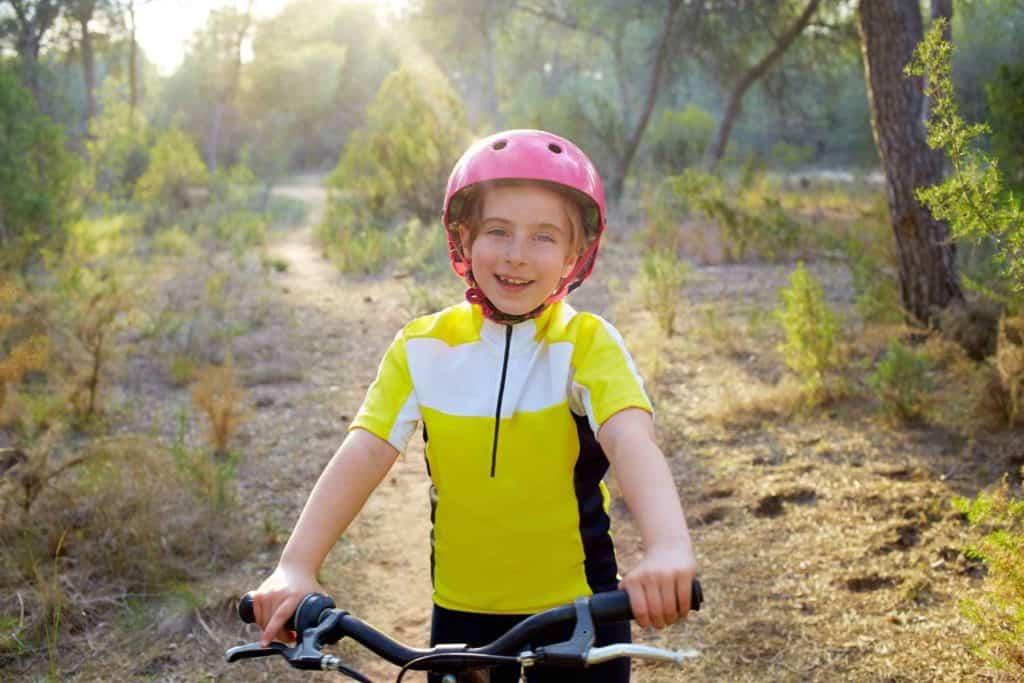
During lockdown I bought a mountain bike for myself. It was going to be the start of a whole new adventure. Unfortunately that adventure ended when I realised by 3 year old was way too heavy to bike with in a toddler seat. I really needed to invest in a trailer attachment. This would have solved a lot of problems but my motivation was gone. Now all the kids are riding bikes and we are able to have adventures together.
We live near some really great mountain biking trails that are super quiet during the week. This is perfect for building confidence and just being able to have a bit of space.
Mountain biking is a great hiking alternative because it can be done in similar surrounds but just adding in that something extra. Now, while you can go mountain biking with young kids, I feel like it is really an awesome activity to do with your kids aged 10+.
If you are just getting started with mountain biking don’t go out and spend a lot of money. Scour the internet for second hand bikes or just purchase a cheap starter bike. Once you know that it is something that you enjoy you can totally go out and upgrade.
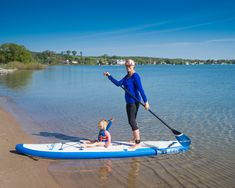
If you are paddle boarding with kids you will want to stay in shallower water closer to shore. However if you are with a group of experienced swimmers you should venture further out.
Paddle boarding is a great hiking alternative because it gives you a completely different perspective on nature. When you are hiking you are exploring the land, paddle boarding allows you to experience nature through the water.
You can take kids paddle boarding at almost any age . This post here will guide you through the steps you need to take when paddle boarding with babies and toddlers. They absolutely love being out on the water with you and to be honest it can be a lot easier than carrying them in a hiking carrier.
We recommend this paddle board if you are just starting out. It is brilliant for both individual paddle boarding as well as tandem.
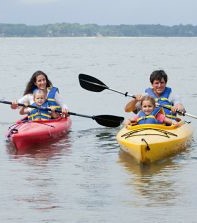
Kayaking is somewhat similar to paddle boarding but with a few twists. People tend to favour one or the other. Personally I find kayaks a little cumbersome but if you are into adrenaline rushes they might be more up your alley.
We are looking at an open ocean kayak tour in a few months. It says it is recommended for ages 7+ but I am still a little uncertain about if our 8 and 10 year olds will be able to do it. Open ocean kayaking can be a lot of fun. A kayak is able to get you into places you would never be able to access otherwise. There are a lot of really interesting animals who very smartly stay out of sight of people. Kayakers can however catch sight of these sneaky animals.
Kayaking is a lot of fun on the river when you throw in rapids! It is one thing to paddle gently down a gorgeous river but once you catch sight of a set of rapids your heart just begins to race. This type of kayaking is adrenaline junky’s dream. We kayaked down the river on a school camp when I was 12 and it is still one of my best childhood memories.
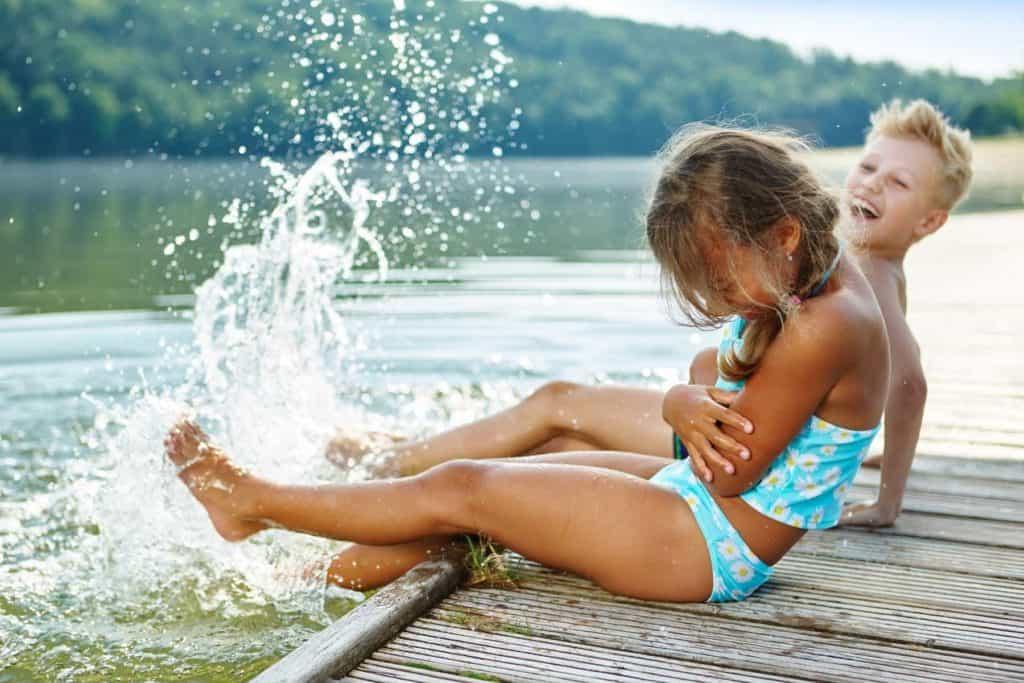
How can you go wrong with swimming as a hiking alternative? There is so much variety when it comes to swimming. When it comes to fresh water you can head to the creek, river or lake. The lake is our favourite! Or alternatively you can head to the beach and enjoy the salty fresh air.
I feel like swimming is the ultimate summer activity. You know it’s summer when you are swimming. We live in a tropical climate so it is almost swimming season all year round for us which I love!
If you are a usual beach goer you should try mixing it up a bit and find a water hole near you. Waterfalls are also great places to swim that are a neat alternative to the regular swimming spots.
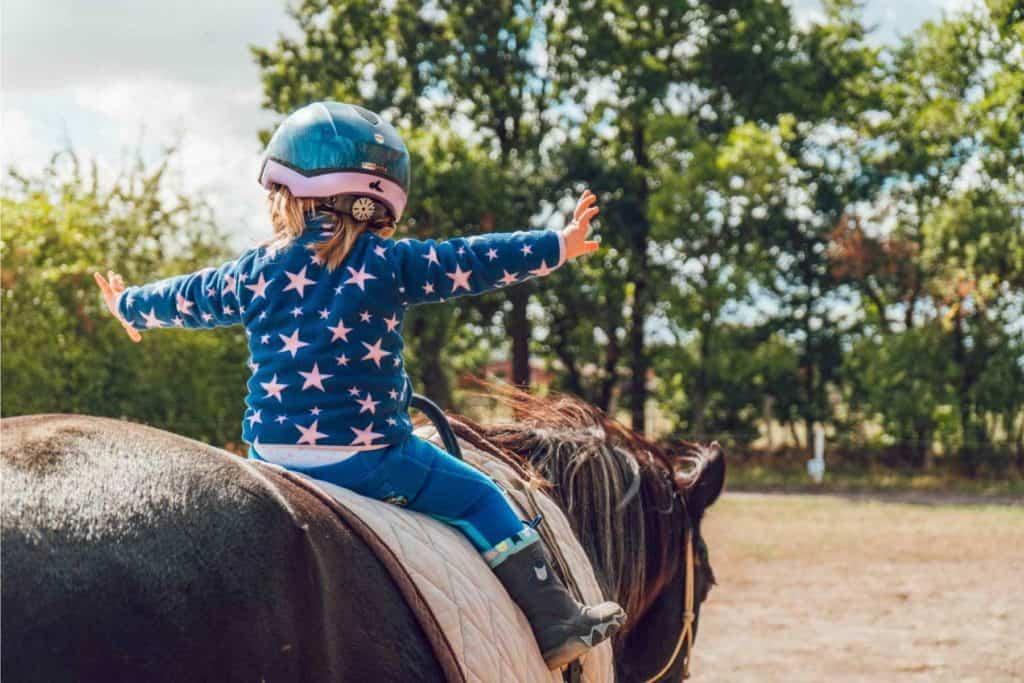
My daughter dreams of owning her own horse one day. Unfortunately for her she is just going to have to settle for trail rides on someone else’s horse.
If I was going to pick the perfect hiking alternative that had to do with horses I would opt for a sunrise or sunset ride. Just like with hiking, some of the best views and experiences are at these times.
There are usually horse riding businesses near you that will offer exactly what you are looking for. Trail riding usually starts around $50 for riders 7+. However you will need to check your local horse riding centre for their exact requirements.
Horse riding is a great way to interact with animals and get some great exercise while you are at it. It is kind of secret exercise because you don’t realise how hard your body has worked until you try and get out of bed the next morning.
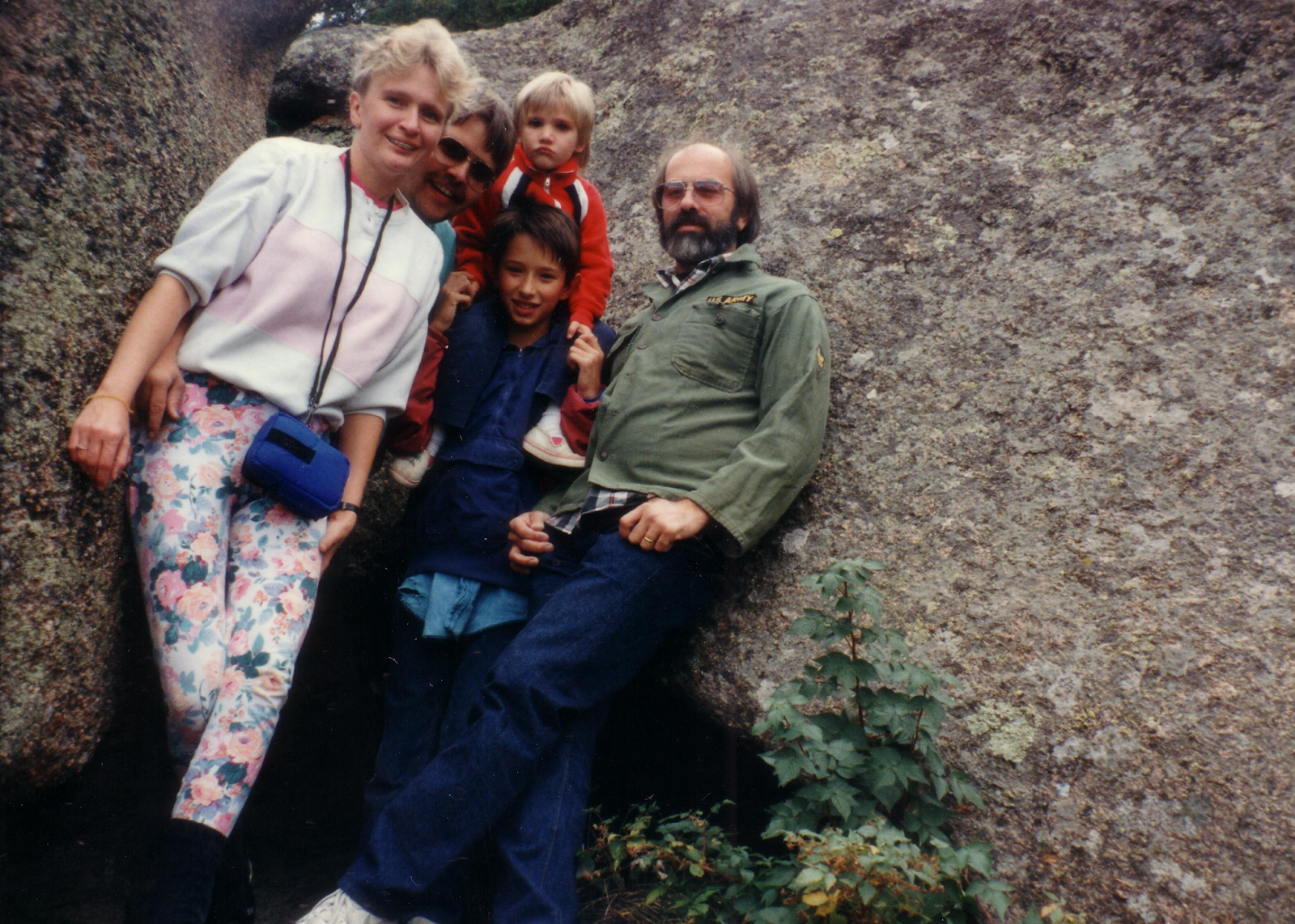
Until a few years ago I didn’t really think of rock climbing as a children’s activity but it totally can be! It is one of those great individual sports that actually has a LOT of pay off for both kids and adults.
Rock climbing can be done both in the gym and out in nature. Get our best advice on how to get started rock climbing with your kids in this post. I think this is the type of activity that would suit those individuals who really love to challenge themselves and not necessarily other people. It is a great way to relax and unwind all while getting those happy hormones pumping.
There are some incredible places to go rock climbing. A lot of the national parks famous for their hiking also have insane rock climbing. Zion National Park is the one that springs to mind immediately. If you don’t have any equipment or experience they have great guided tours for families and groups without kids.
Rock climbing can be a great team building activity. There can be a lot of trust, support and encouragement that often needs to be offered. I can’t think of a better bonding or team building activity than a day rock climbing followed by a great dinner.
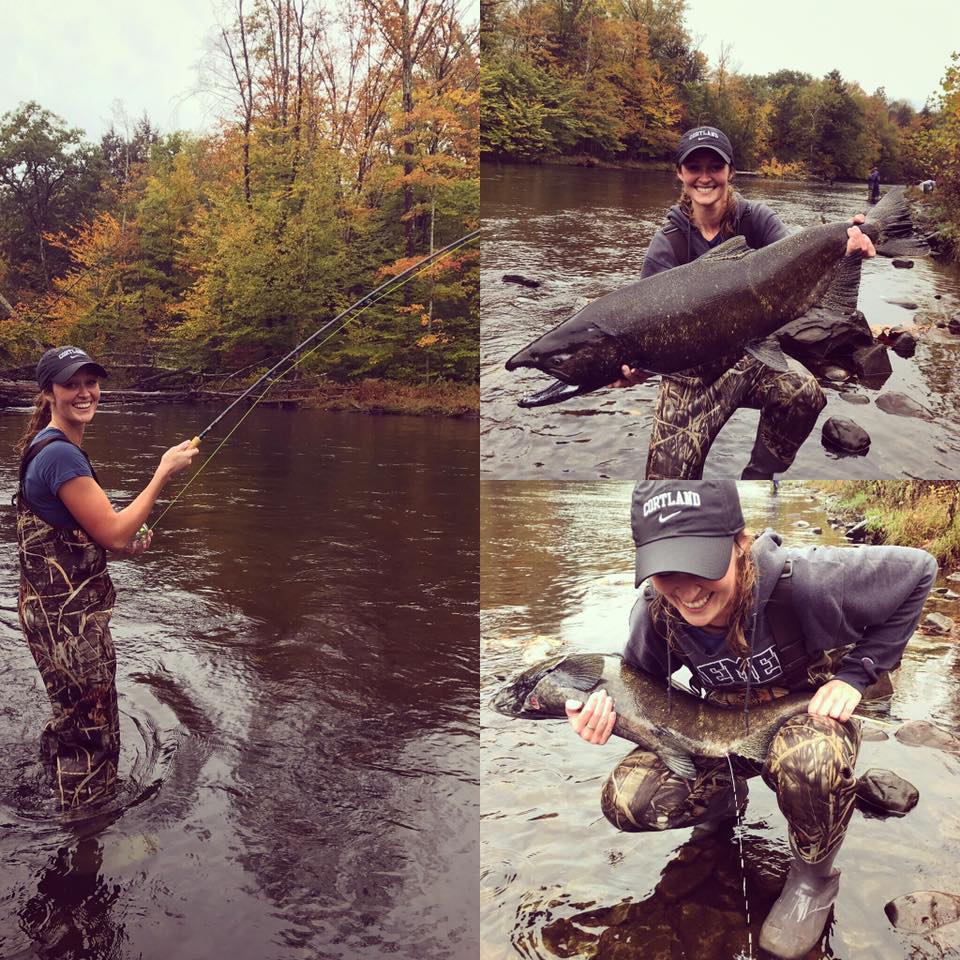
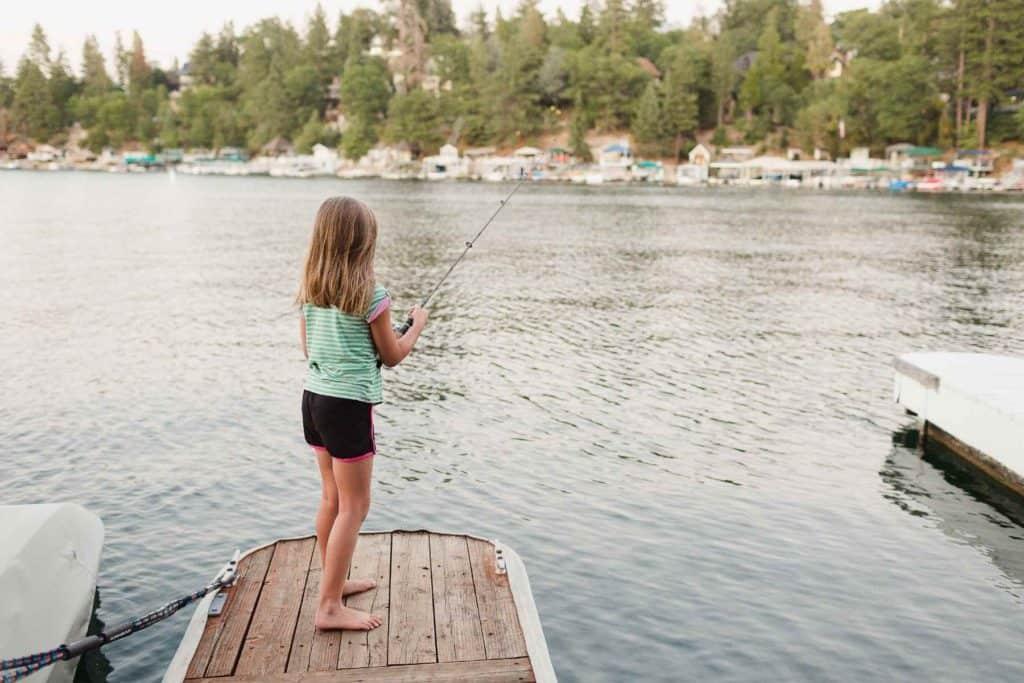
The ultimate in relaxation. Apparently it doesn’t even matter if you catch a fish! As a hiking alternative I am not sure where I would place this. I am not an avid fisher, probably because I am rarely successful! I guess it matters to me if I catch a fish!
I do however has amazing memories of fishing with my grandpop and catching some delicious fish. We came home so proud and fresh crumbed fish for dinner.
So fishing can make some great memories and like hiking it can give you some headspace to just think. Sometimes all we need is to be out in nature with a bit of fresh air.
Fishing is pretty dynamic also. We went to the outdoor store on the weekend and half the store was dedicated to fishing. There are so many different types of fishing and techniques that you could spend your life learning and still never know all there is to know.
If you are really just wanting to catch a fish, you can do what we have done several times and head to a purpose built fishing facility. They have pond teaming with fish and you are guaranteed a catch. More often then not they will even gut it or cook it for you.
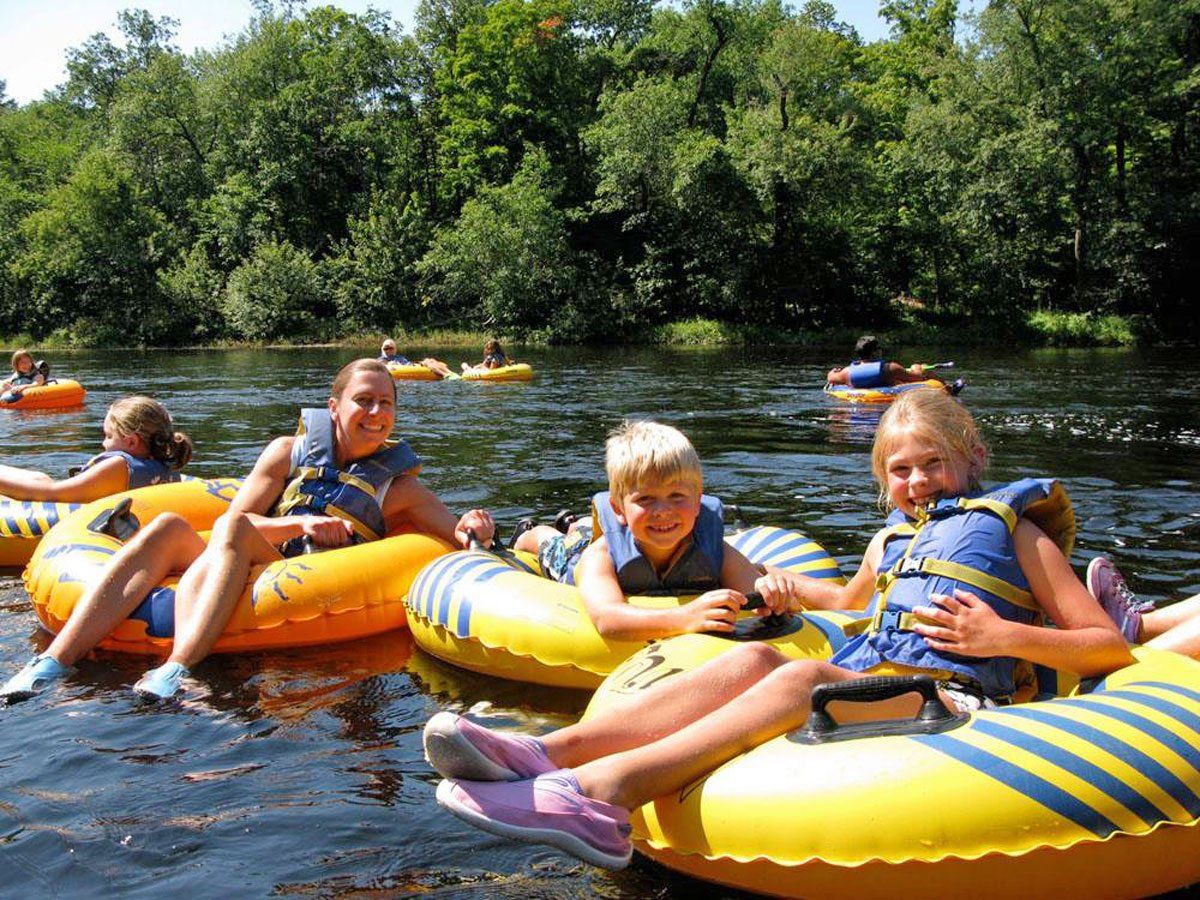
Who loves a lazy river? We love lazy rivers. It is always our first stop when we visit a water theme park. Now, what is better than a lazy river in a theme park? An actually real life lazy river!
If you live near a river chances are that there is some company that offers tubing down the river. If they don’t then locals will surely know where to get tubes and where to take on the river themselves.
When I was a child my mum worked for a tractor company. One year she got 2 inner tubes from massive tractor wheels. We used those tubes to float up and down the river for hours and hours that summer. We called it the “Summer of the River”. The tubes were big enough to fit at least 6 kids on!
River tubing is great for families, teenagers, grandparents and everyone in between.
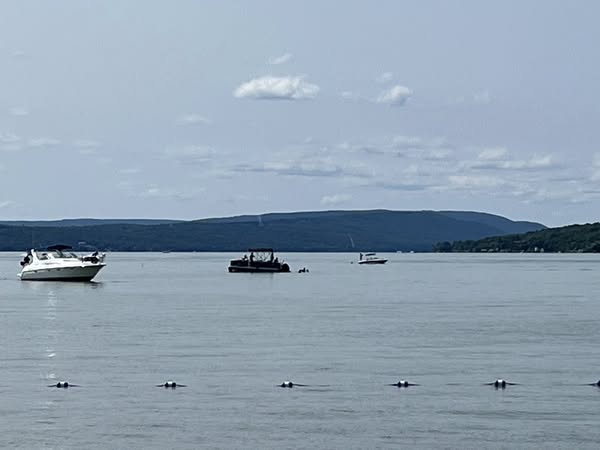
Hiring a boat can seem a little extreme. However I want you to hear me out. The cost can be crazy but most boats that you hire can accommodate 13-15 people. What you need to do is get a group of friends or families together and split the cost. You can then bring all your food for the day on board and you are set for a day of epic fun.
Add to the fun by hiring donuts, water skis or wake boards to your package. It can be an impressive day out for quite a small about of money considering the payoff you get.
You can make this day out a great hiking alternative and have the most epic day you can imagine.
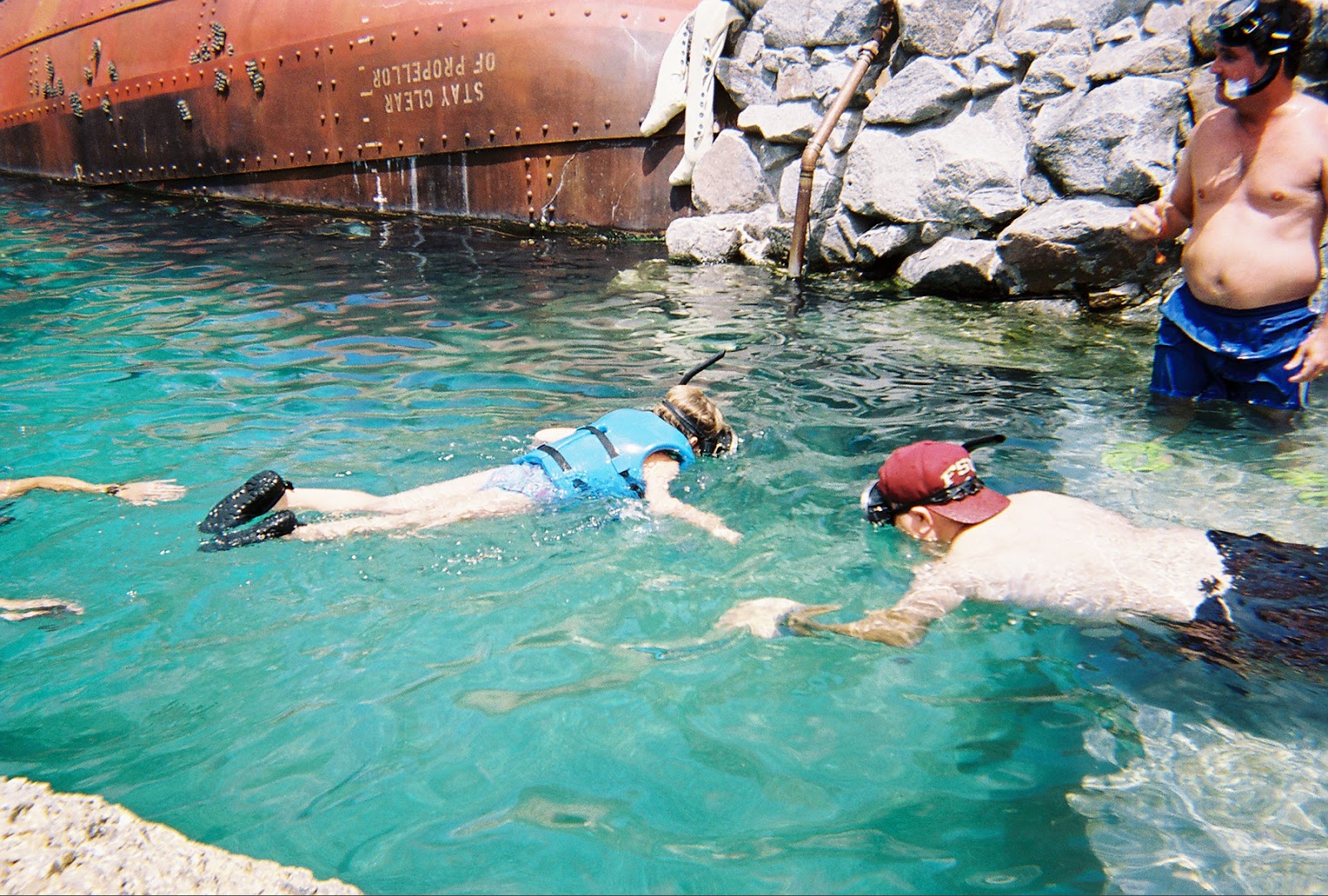
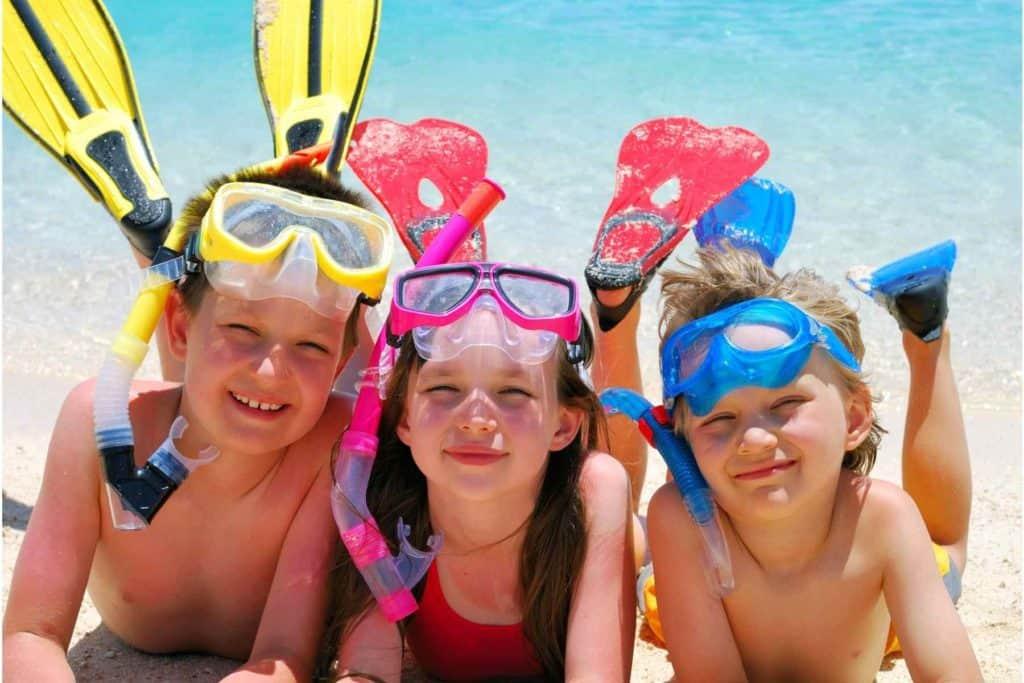
Snorkeling with the manatee and snorkeling the Great Barrier Reef are both on our family’s bucket list. If you don’t have a family bucket list then MAKE ONE TODAY!
Snorkeling is actually a really great activity for so many ages. It is something that parents can easily do alongside their kids and get just as much enjoyment from the activity.
It is pretty cheap to get started with snorkeling. First you will need to purchase a mask and snorkel set. It is important to get the correct size. Children need children’s sized ones because their bodies are smaller. If they share an adult sized mask or snorkel they will have a terrible experience. This is because water will flow into their mouths and eyes because it is too big to get an adequate seal.
There are lots of great places to snorkel but sometimes just having a snorkel and mask with you when you head to the river or beach is great. Being able to see clearly underwater is exciting and offers a new level of curiosity!
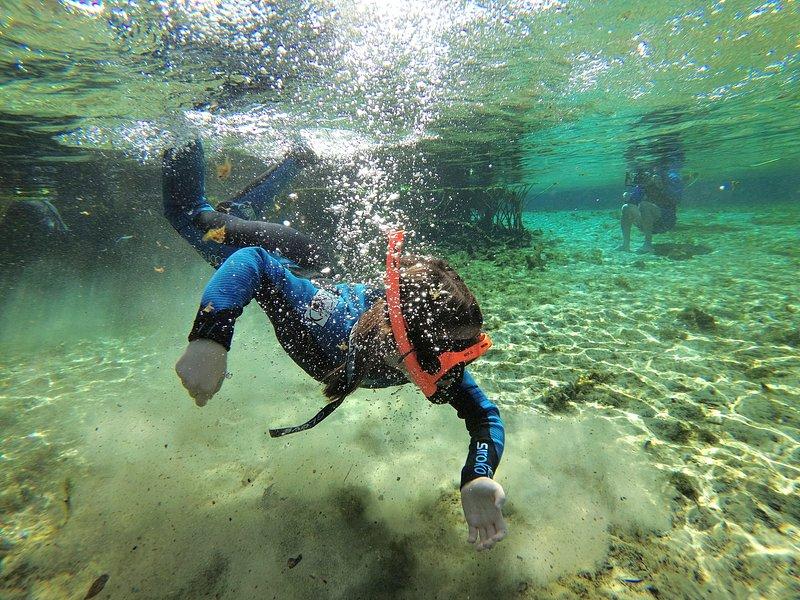
Having the ability to do something that is otherwise impossible it always a worthwhile experience. Flying and breathing underwater top the list.
I learnt to scuba dive when I was 12, in our local aquatic centre. Even then it was one of the most freeing experiences. There wasn’t even a lot to see, namely a few bandaids but that didn’t matter. Just being able to breath underwater for as long as I wanted with perfect vision was worth it over and over again.
I believe most countries have an age requirement of 12+ to scuba dive. If you have kids 12 and over I can highly recommend taking them scuba diving if you ever have the chance. Cruises are often a great way to find opportunities to scuba dive. Every cruise we have been on has offered scuba diving asa shore tour. Cruises usually stop is some pretty incredible places too!